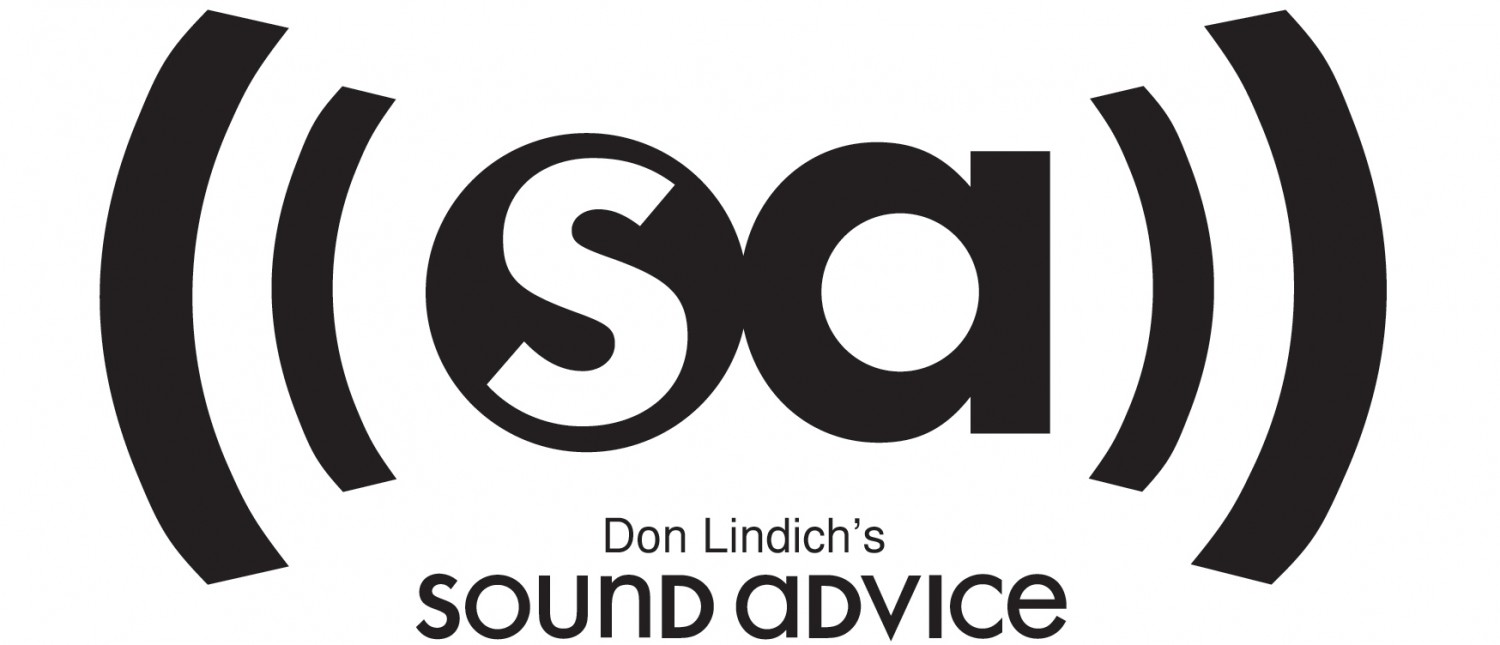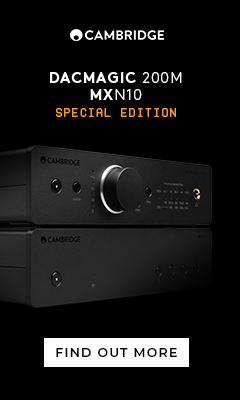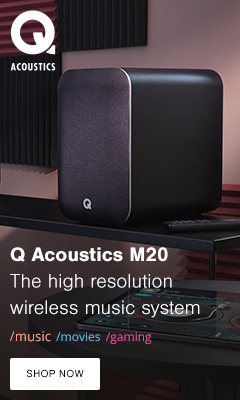

Sound Advice
Week 25, 2021
Q. I am looking for a power backup source for my condo in Houston, TX due to power outages from hurricanes. What I would like to find is a natural gas powered portable inverter generator in the 2,500-5,000 watt range, to be used with a manual transfer switch. It would go on my condo patio and I would use some sort of dryer vent and hose to guide the exhaust upward and outward, approximately 12′ above ground and up into the atmosphere. Why are there not more natural gas powered portable generators available? During an emergency there are long lines for gasoline and propane, plus they have to be stored. Hooking the generator up to the natural gas line eliminates these problems.
-S.A., Houston, TX
A. What you are describing is a portable, manual version of a permanently installed, natural gas powered standby generator. I have never heard of such a device as you describe it. Even with your idea to redirect the exhaust fumes I would not use a generator on a condominium patio due to the incredibly high risk of carbon monoxide poisoning. Even with your makeshift exhaust system you don’t know where the fumes will be taken by the wind, and they could affect someone in another unit. What’s more, if the dryer vent hose gets disconnected from the generator exhaust you are going to have fumes right by your living space. The exhaust gases may also be too hot for the dryer hose as well.
An internal combustion generator is not an option here. Fortunately there are many battery-powered
backup options that store power from the grid that are a better fit. Check out the Tesla PowerWall, Generac PWRcell and the Generark HomePower One.
IPL Hair Removal Devices: The columns about the TLOVII Sonic Electric Toothbrush were the most popular I have written this year. There is a lot of reader interest in home health and grooming products, and I have located a few more to tell you about in the coming weeks.
The first is an IPL (Intense Pulsed Light) hair remover, a category recommended by one of my PR contacts as these devices are becoming increasingly popular. They can be used at home to remove unwanted hair while inhibiting or eliminating its regrowth, while making skin feel smoother and softer. It takes a few applications to completely remove the hair, and maintenance sessions spaced at few months apart afterwards keep it from growing back.
I did some research and found that many of these products are quite expensive, selling for $300 to $500 or more, and the numerous cheap models had spotty reviews. The AODAYS IPL Hair Removal Device hit the sweet spot with consistently outstanding reviews and a $169 price. If you are looking at the high end with prices to match, check ought units from Philips, Remington and Braun.
According to the manufacturers, IPL hair removal devices are not for everyone. The manufacturers state they should not be used by those with epilepsy due to the light flashes, people with very dark or very light skin tones, or those with red, white, light blond or gray hair. Be sure to check with your physician before purchasing and use and be sure to also review the product listings on Amazon where much more detail about the products, their use and potential contraindications can be found and of course, read the instructions thoroughly.





Sound Advice
Week 26, 2021
Q. Apple and Amazon now offer lossless streaming, and Spotify will supposedly offer a similar service later this year. What is the best way to play high resolution streaming music using a traditional stereo system consisting of a receiver and floorstanding speakers? For example, I have seen the “BlueSound Node” highlighted in the media, and I believe Cambridge Audio offers similar devices. I don’t know which devices would be easiest to connect to our system or which ones work best. Ideally, we would like to buy a component that receives its streaming signal over WiFi and then plays it through our stereo with great sound quality. We currently have an inexpensive Bluetooth device that connects to our stereo, but it sounds very poor.
-S.M., Oakland, CA
A. The Bluesound Node is certainly an option, but you asked for the best and I still consider that to be the $1,099 Cambridge Audio CXN(V2) Network Streamer. It features top-notch sound, comprehensive features and an excellent display and interface. You can connect it to your stereo with a stereo RCA cable or a digital cable. Given the extremely high quality of the digital circuitry in the CXN(V2) I would use the stereo RCA connection. cambridgeaudio.com
The CXN(V2) is Roon Ready, and combining it with Roon makes it even more powerful. It would take more than an entire column to thoroughly discuss Roon but to sum it up, Roon is a powerful platform for organizing your streaming content and music files, making it easy to locate, enjoy and learn more about music. It’s a music geek’s dream come true and can be used with your home computer and the matching portable device apps, or with Roon’s own Nucleus Core device. If you love music I strongly suggest you check out Roon at roonlabs.com
Q. You recently mentioned we should stay tuned for a review of a new low-priced TV streaming service. I have not seen it yet, is it coming soon?
-J.T., Atlantic City, NJ
A. My week of researching and reviewing the streaming service did not go as anticipated. At this point I am undecided if it merits publicity in the column given the limited space I have every week. I hope to have updates on my website or in this column sometime in the near future.
Q. My wife and I spend a great deal of time cruising in our pontoon boat made in 2012. It has a pretty good stereo for that time period and I would prefer not to replace it. Besides the radio, the stereo has an auxiliary input plug and a 12-volt DC power plug. Unfortunately, both myself and and my older iPhone (which had a headphone/auxiliary output) took an unplanned swim in the lake. I just got wet, but the iPhone drowned and passed away. My new iPhone SE does not have an auxiliary output so I can’t play my content from the phone using the boat stereo input. I found a $40 Bluetooth receiver with an auxiliary output that can be used with my 12-volt power plug. Would that work with my stereo, or is there a simpler solution?
-K.H., Groveland, CA
A. My condolences on the passing of your iPhone. The Bluetooth receiver you described should work, but there is indeed a much simpler solution. Just get a Lighting-to-3.5mm headphone jack adapter, a tiny cord that will give your new iPhone a headphone/auxiliary output. It is simple, reliable, its use is familiar to you and available for under $20.









































